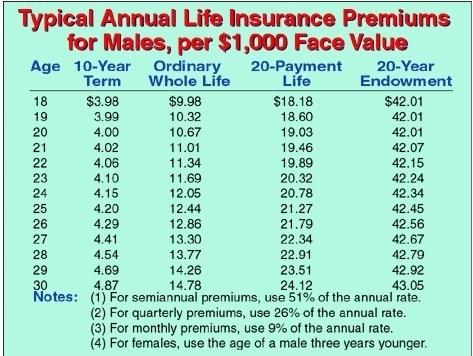
1. Two cannons, a & b, positioned at Xa = 0 km and Xb = 1,5 km, both shoot at an approaching rocket. a shoots at t = 0 and b shoots at t = 1 µs. The rocket’s detector detected both cannons shot at the same time. What is the speed of the rocket?
2. Three light sources, A, B, C emit monochromatic light of frequency f0. Relative to A, B has the speed of +v and C has the speed of -v. Determine the light frequency accepted by C from A and B if
a. B approaches C
b. B recedes C
3. A particle has the energy of 4m0c^2. What is the particle’s momentum? What is the particle’s energy if the momentum = 2m0c?
4. A high-energy proton collides with another proton at rest so that a particle, π^0 is created. Determine the energy needed by the proton to make this happen. Proton mass = u, π^0 mass = 0,1449 u, u = 1.67 x 10^-27 kg.

Answers: 1


Another question on Physics

Physics, 22.06.2019 05:30
Choose the most likely outcome of this scenario: jen decided to go bike riding without a helmet. while no one is around during her ride, she is thrown from her bike when her wheel goes into a pothole. she is not injured, but she is terrified to get back on her bike. what happens next? a. her physical health is affected even though she wasn't hurt. b. her mental and emotional health are affected because she is afraid to get back on her bike. c. her social health is affected because she is worried her friends saw the fall. d. her overall health is not affected at all by her fall.
Answers: 1

Physics, 22.06.2019 09:10
The diagram shows a series of volcanic island and a hot spot determine the direction of movement of the tectonic plate that for the island
Answers: 1

Physics, 22.06.2019 16:50
Which best describes the first law of thermodynamics as compared to the second law of thermodynamics? a. the first law describes how thermal energy is conserved but not the direction it moves. b. the first law describes the direction thermal energy moves but not how it is conserved. c. the first law describes how thermal energy can be created but not how it can be destroyed. d. the first law describes how thermal energy can be destroyed but not how it can be created.
Answers: 1

Physics, 22.06.2019 19:00
Friction removes energy from objects in motion. which statement best describes how this works? a) friction transforms ke into thermal energy b) friction transfers thermal energy to ke c) friction transforms te into pe d) friction transforms pe into ke e) friction transfers ke into pe
Answers: 1
You know the right answer?
1. Two cannons, a & b, positioned at Xa = 0 km and Xb = 1,5 km, both shoot at an approaching roc...
Questions





English, 05.05.2020 18:18

Mathematics, 05.05.2020 18:18

History, 05.05.2020 18:18












Mathematics, 05.05.2020 18:18




